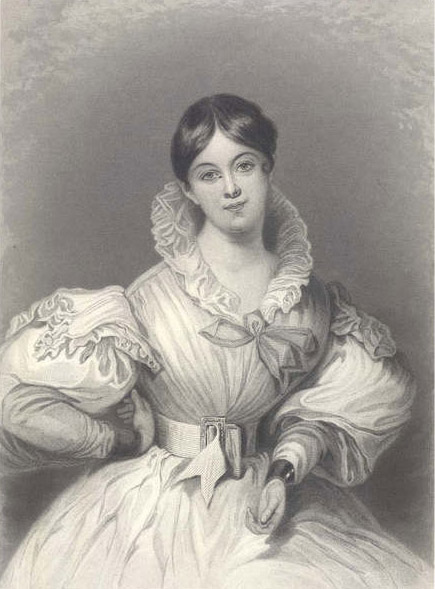4 Female readers of Robinson Crusoe
So far, we’ve collected information on the numbers of readers of Robinson Crusoe included in RED, looking at what their ages were, and how many of them were male and how many female. In the next exercise I’ll ask you to do some work by yourself on male readers, but before that we’ll have a look together at the kinds of information we can derive about female readers of Robinson Crusoe from some of the records in RED. Since there are fewer of these than for males (only eleven in September 2010), it is possible to go through and call up each one individually.
Activity 3
Repeating the search you made using the ‘Advanced search [Tip: hold Ctrl and click a link to open it in a new tab. (Hide tip)] ’ facility with ‘Robinson Crusoe’ as the ‘Text being read’ and ‘female’ as the gender of the readers, please now call up all the entries for female readers of Robinson Crusoe, and make some notes on what you find out about each reader, and their reactions to the novel. Also, jot down any questions you may have, before reading further.
Comment
As you will have seen, the information in some RED records is fairly sparse. An example of this is taken from the diary kept in 1792 by the thirteen-year-old Elizabeth Wynne, while she was living in Wardeck in Austria (UK RED: 12364). All it says is: ‘I read a little of Robinson Crusoe that is how I spent my evening.’
This tells us something – a thirteen-year-old girl was reading Robinson Crusoe in the evening in 1792 while living in Austria – but we do not know in exactly what circumstances her reading took place (alone, or in company? silently or aloud?). Nor do we know what impression the book made on her. Did she enjoy it? Or did she find it boring? Again, we don’t know.

For a very different account, we might take a letter by the poet Letitia Elizabeth Landon (known as L. E. L.) in which she spoke of the imaginative power Robinson Crusoe had exerted over her in childhood:
For weeks after reading that book, I lived as if in a dream; indeed I scarcely dreamt of anything else at night. I went to sleep with the cave, its parrots and goats, floating before my closed eyes. I awakened in some rapid flight from the savages landing in their canoes. The elms in our hedges were not more familiar than the prickly shrubs which formed his palisades, and the grapes whose drooping branches made fertile the wide savannahs. (UK RED: 32079)
This gives us a marvellously vivid picture of the imaginative impact her reading of Robinson Crusoe made on the young L.E.L. – but again, we don’t know anything of the circumstances in which she was reading it. She was born in 1802, so we might suppose that she was reading Defoe’s novel some time between about 1807 at the earliest and about 1816 or 1817, but we can’t be certain.
For a third example, we might take look at the account by Alison Uttley, who was brought up on a remote farm in Derbyshire (UK RED: 2366). She recalls hearing Robinson Crusoe read aloud to the family every winter around the end of the nineteenth century. According to her, the attraction of this story above all others for her family was its connection with their own lives. Robinson Crusoe, she says:
lived a life they could understand, catching the food he ate, sowing and reaping corn, making bread, taming beasts . . . The family shared the life of Robinson Crusoe, hoping and fearing with him, experiencing his sorrows, his repentance, his setbacks . . . He read the Bible as they read it, seeking solace and help in times of trial. It was their own life, translated to another island, but still an island like their own farmland, enclosed by the woods, a self-contained community, a sanctuary.
Here we have an example of the novel being read aloud communally, as part of an annual cycle of readings – thus bringing into question assumptions that novel-reading was always something done silently and alone. But the impact of such a communal activity could evidently be as powerful and memorable as any individual reading experience.
